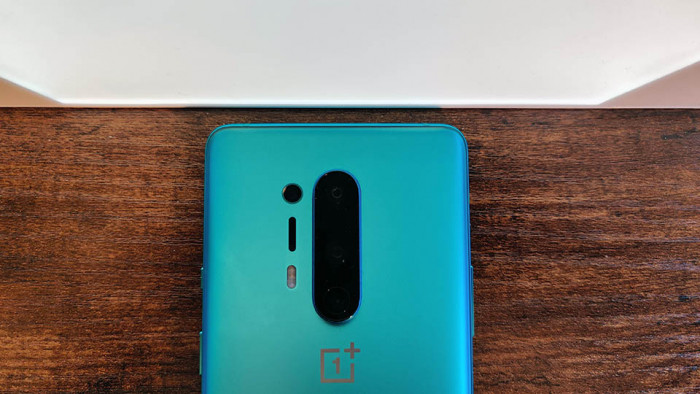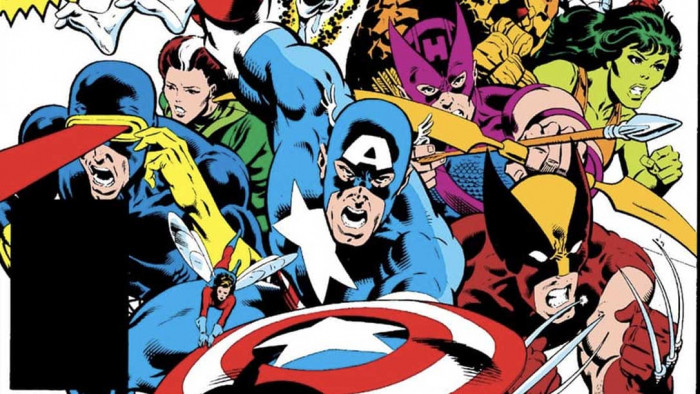Not only have we enlisted a crack team to invent five bespoke planes to help release your inner child, but we also have London Design Museum founder Sir Terence Conran’s ode to aeronautical design.
It’s the question I have been asked perhaps more than any other but always end up tying myself in knots trying to answer – what is good design? So it is surprising that the most accurate definition I have heard came from a 10-year-old boy who told me simply that “design makes us think about problems and solve them with our own ideas.”
Why hadn’t I thought of that? I mention this because it is a reminder that creativity and innovation begin at an early age and touch our lives in ways we often take for granted. And what young boy, or girl, hasn’t fastidiously designed, honed, crafted and perfected their very own paper aeroplane?
There’s something hopelessly nostalgic about creating one’s very own flying machine from a simple piece of paper using nothing more complex than oodles of imagination, wit and creativity.
Whether it is for purposes of mischief in the classroom or a private ambition to create flight, there is something wondrous about these lightweight fliers. In many respects, this is aeronautical design in microcosm and this is a field that is perhaps the most exciting of all.
Think of Concorde, which is a design icon. When it made its first speed-defying flight across the Atlantic in 1973, Concorde was way ahead of its time and gave us an irresistible glimpse into the future. It became a symbol of power, luxury and glamour and is one of the few designs to attract universal admiration.
Another example, and perhaps the most exhilarating innovation I have ever seen, is that of a Stealth Bomber. I admire it for its shape, beauty and use of technology though certainly not for its function, which I resolutely deplore. But again, it was an innovation that allowed us to dream.
But whether, like me, you are a designer of simple objects and furniture or a creator of fantastic airplanes, design is still a process requiring ingenuity.
It was vital to me when I was setting out as a designer in the 1950s. To create a successful design you must work out what works and perhaps more importantly, what doesn’t.
I can say with certainty that the ingenious British inventor of the jet engine, Frank Whittle, would have gone through the same thorough process until his creation was perfect.
Pretty much in the same way as a 10-year-old boy might spend hours crafting how to make flight perfection from a simple piece of paper – we are all designers in the end and we are all striving for perfection.
Which is why it is so important that we encourage the creative spark in young talent. The Design Museum supports several Designers in Residence every year.
And it is why the move to the New Design Museum in Kensington is so vitally important. It will allow us to expand the education programme significantly and make a crucial difference to the way we live our lives in the future.
After all, at the most basic level design makes us think about problems and solve them with ideas – whether we’re designing a paper aeroplane or a jet engine.
........................................................................................................................................................
THEY’RE NOT JUST FOR FUN…
Criminal, subversive and inspired alternative uses for the humble paper plane
HIGH FLYING
Drugs were found to have been flown into HMP Stafford using paper planes, according to a November 1998 report from Her Majesty’s Chief Inspector Of Prisons. Dealers placed banned substances within the handmade jets and flew them over a 19ft perimeter wall.
MONEY MINT
In May, Russian millionaire Pavel Durov, founder of social media site VKontakte, threw paper planes made from 5,000 rouble notes (£98) from his St Petersburg office causing a brawl below.
ROCKET MEN
A team of British designers used a paper plane attached to a helium balloon to take pictures of Earth from space. Operation Paris (Paper Aircraft Released Into Space) cost just £8,000 back in 2010 and captured images of the Earth’s curvature from a height of 90,000ft.
HAIR RAISING
Bespoke wigmaker Shaun McGrath creates handmade head pieces that give Philip Treacy a run for his money. One of his recent designs, a spiky men’s wig known as Pilot, was made from more than a thousand miniscule paper planes.
........................................................................................................................................................
PAPER PLANE WORLD RECORDS
Facts you’ll wish you didn’t know
69.14m
The distance former American Football quarterback Joe Ayoob threw a paper plane in February this year, breaking the previous Guinness World Record by almost 6m.
13
The Guinness World Record for consecutive hits of a target with a paper aircraft. Fumihiro Uno (below) of Japan achieved the feat in 2010, striking a target 3m away.
27.9
Seconds spent airborne by Takuo Toda’s paper aeroplane in 2009 – securing the Japanese thrower the Guinness World Record for time aloft in flight.
The new Guinness World Records 2013 book is out now
Latest
Related Reviews and Shortlists










